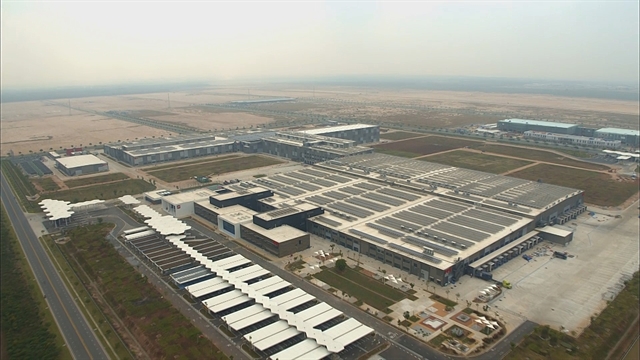 Economy
Economy

 |
{ "id": "A54nX3JJFM", "type": "myToolImages", "data": { "data": "" } }
By Milan Chattaraj
Here’s a fun scientific fact that can be extrapolated to organisational behaviour. Science has demonstrated that diversity in the gene pool contributes to longevity, better health and enhanced capability among humans. Similarly, diversity in the talent pool guarantees an organisation’s longevity (sustainability and success) and its employees’ emotional, psychological and professional well-being.
This is not a random hypothesis but a reality based on research. Studies by global non-profit firm Catalyst, have shown that diverse companies are more likely to achieve a 59% increase in creativity and openness, and a nearly 38% increase in awareness of consumer needs and interest than others. In simpler terms, it means: companies with a robust and active D&I strategy are more likely to have better topline and bottomline growth, investment performance, market value, revenue growth and employee retention.
D&I: DECODING THE ACRONYM… & MORE
The disruption of 2020 has resulted in the spotlight firmly being on companies expected to declare their commitments to causes and measures they are taking to support social justice. Increased expectations from the government, investors, public, consumers and employees have dovetailed with the growing importance of ESG factors, a significant part of which is Diversity and Inclusion (D&I) - call it the ‘S’ of ESG.
Incidentally, while Diversity and Inclusion are often mentioned in the same sentence they have very different connotations. Diversity is about representation across diverse groups while Inclusion is about the extent to which those groups get opportunities to contribute and share perspectives without discrimination. Moreover, ‘belonging’ is an important element within D&I where people can fearlessly express their views without being concerned about adverse consequences.
INCREASE YOUR FIRM’S D&I QUOTIENT
The expectations in this area are getting more and more intense, so a company would be challenged to adopt targets and clear success measures that are sharper, measurable and possible to track consistently. We can list some key steps a company can take to increase their firm’s D&I quotient and measure them efficiently:
Follow a data-driven approach towards D&I
This would require defining the data, information for processing the data, technology to enable data assimilation and meaningful analytics that lead to effective decision-making in this area.
Involve top leaders
Top leaders within the firm should be involved in communicating and driving the D&I strategy within the company.
Ensure leadership accountability and capability
Studies have reaffirmed a strong business case for both, gender and ethno-cultural diversity in corporate leadership. However, Diversity, Inclusion and Equality require strong commitment, structured transformation programmes and persistent efforts. Top managers need to be trained on the key tenets of D&I and lead the agenda so that it trickles down to the rest. These leaders should then be held accountable for action and outcome and not only left to the Human Resource function.
Employ robust talent management system
Organisations require a robust framework to attract diverse talent internally and externally. The process for hiring and internal movement should factor in diversity of talent across levels, gender and ethnicity.
Have transparency and fairness in policies & practices
Employees need to be provided equal and fair opportunities for growth, movements and training besides equity of compensation. Just having good policies and practices is not enough, it is required to review the progress against agreed metrics and take suitable countermeasures in case of observed gaps.
Communication aligned to the organisation’s EVP
Held in a consistent and regular manner by leaders, communication aligned to EVP (Employee Value Proposition), acts as an anchor for the culture promoting D&I. There should be a strong practice of “zero tolerance” towards discrimination or any type of harassment.
Innovation and learning orientation
Belongingness encourages employees to be innovative and have a learning orientation. For instance, at MTR Foods, a dominant player in the food industry, we have embedded ESG into the business strategy aligned to the strategy of the parent company, Orkla ASA, Norway. Our EVP is “#A home to Grow” built on four pillars, one of which D&I. Each pillar clearly articulates the expectation from the employees by the company and vice-versa. There is a structured approach in embedding these principles across people, policies and processes.
The “Social” pillar of ESG is heading towards exciting times ahead. Diversity is evolving across three planes: Work, Workforce and Workplace. As this decade progresses, we will see ‘human workforce’ step up to the responsibility of ‘transformational work’, and ‘AI workforce’ increasingly taking over ‘transactional work’.
Therefore, D&I strategy is no longer an ornamental value but something of huge strategic importance to stay ahead of competition and keep winning.
(Milan Chattaraj, Chief People Officer, MTR Foods Pvt Ltd, a 100% subsidiary of Orkla Foods Norway)
In syndication with Asian Business Leadership Forum (ABLF)




